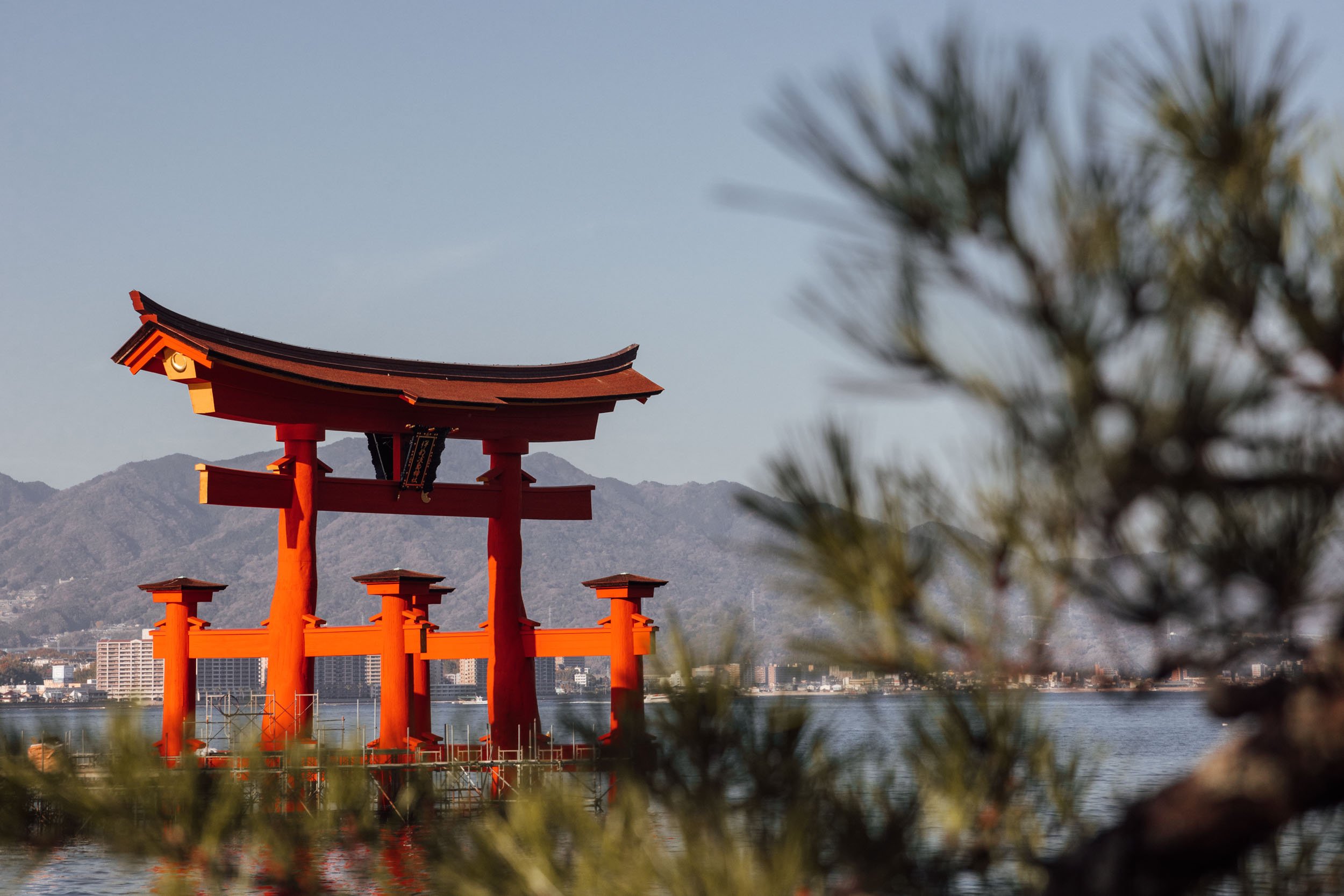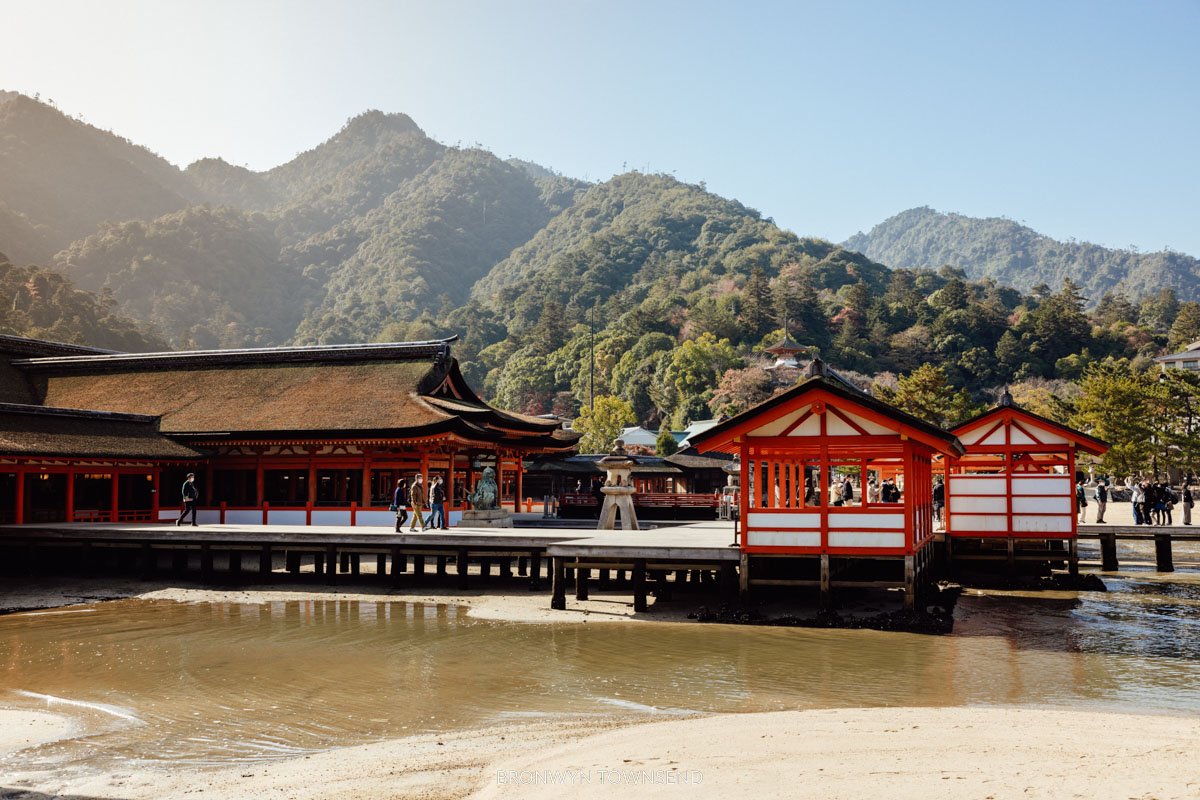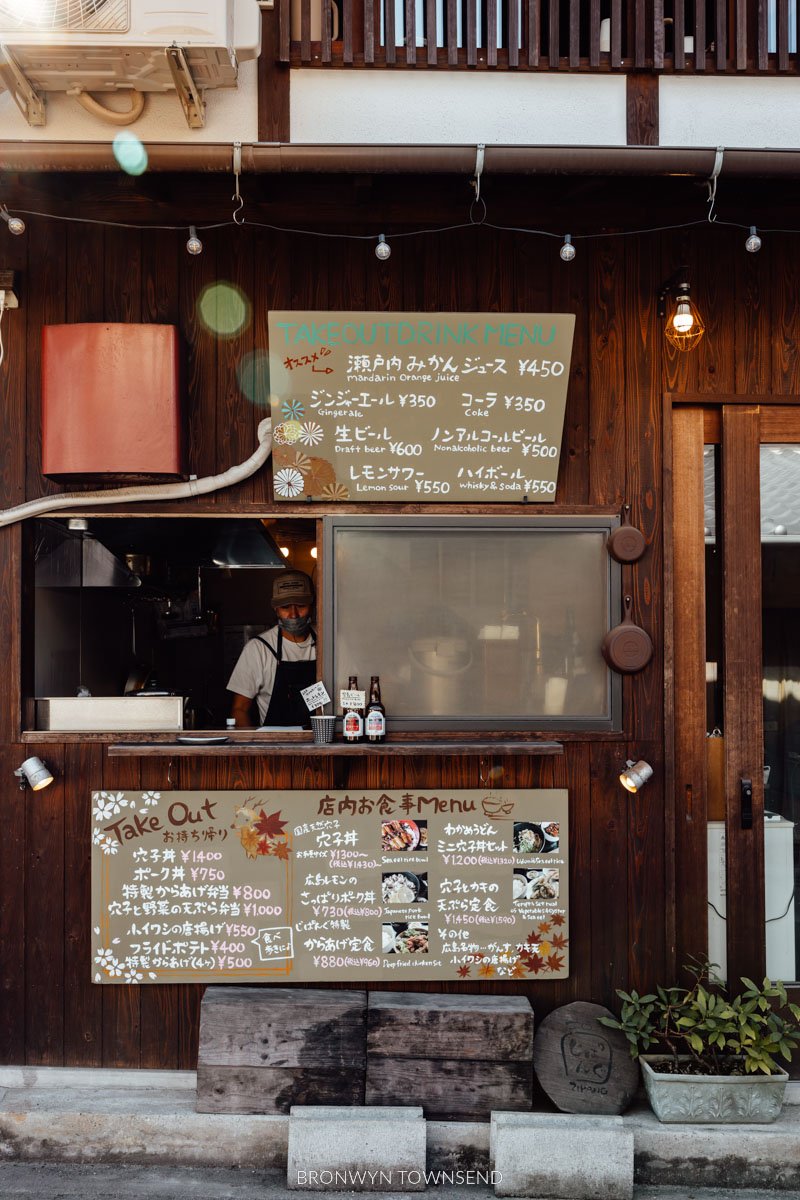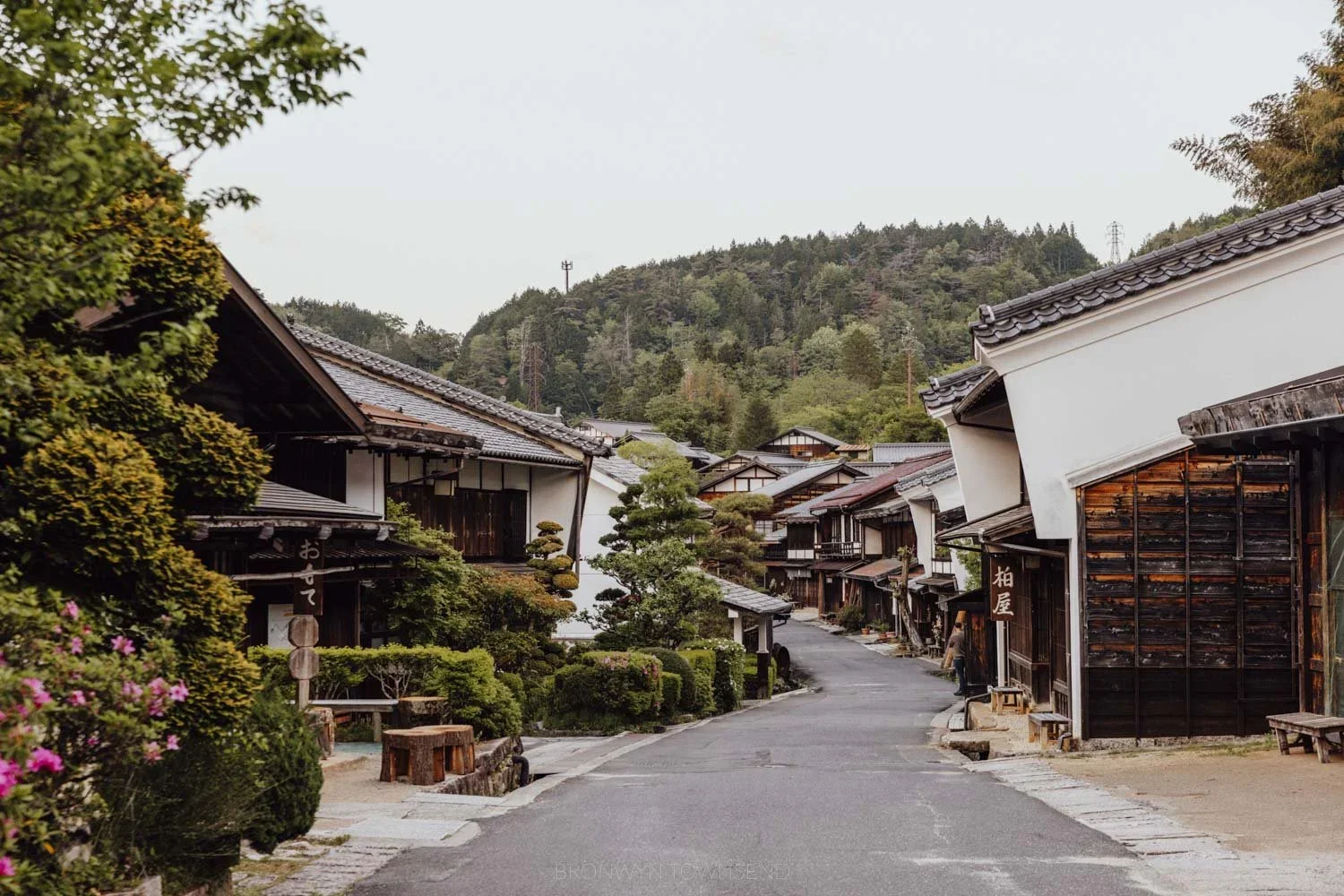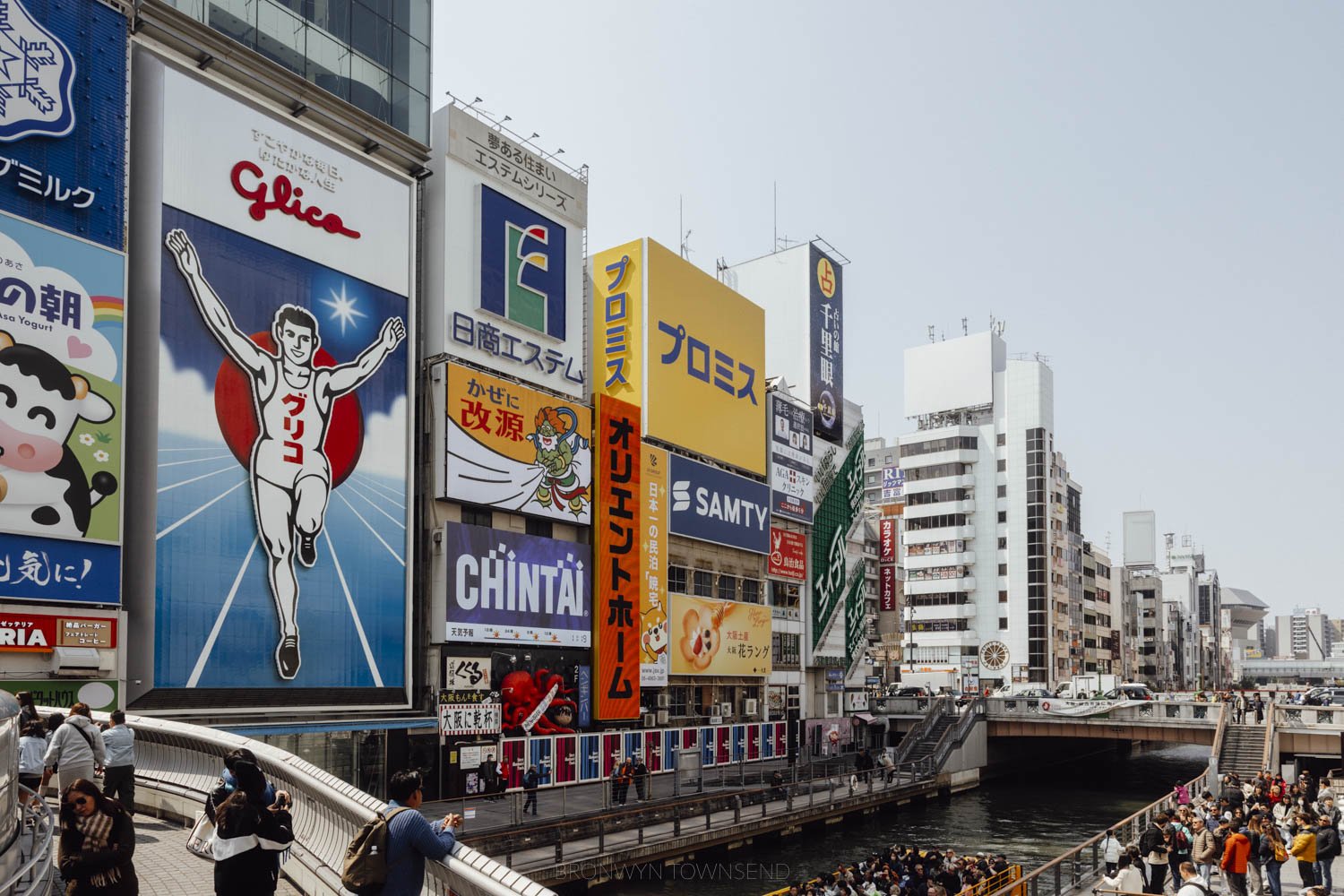13 amazing things to do on Miyajima Island
Miyajima Island has long been considered a supremely sacred place - ‘The Island of the Gods’. A UNESCO World Heritage Site, one of Japan’s best maple valleys, and hiking for sea views are just a few of the best things to do in Miyajima. Make sure you don’t miss a thing with this guide.
If you plan on visiting Hiroshima while in Japan, you can’t miss a day trip to Miyajima Island. Featuring one of Japan’s most iconic views, the floating torii gate of Itsukushima Shrine is a huge drawcard for visitors. However, beyond the shorefront set on the Seto Inland Sea, Miyajima Island has a plethora of incredible things to see and do.
Miyajima Island has a long history spanning more than 1,500 years and has been a place of religious significance for centuries. Shinto shrines and Buddhist temples pepper the island, many at the foothills of Mount Misen.
A sacred place that was revered for hundreds of years as a place of worship, visitors have been flocking to the island more recently to see the many incredible sights. While the floating torii gate greets people as they reach the island by ferry is the most iconic view, there are a host of other incredible things to see and do in Itsukushima.
If you’re planning on a day trip to Miyajima Island, here are the best things to do - from visiting temples to hiking.
The best things to do on Miyajima Island
1 | Itsukushima Shrine
The most famous site on the island is Itsukushima Shrine, a UNESCO World Heritage site. The Shinto shrine is made on stilts over the island's sandy shores, a complex of vermillion wooden structures, including two main halls and 17 other buildings. The most iconic is the iconic floating torii gate that the island is most well-known for.
As the tide changes throughout the day, the torii gate can appear as if it is floating on the sea at high tide. At low tide, the sand flats are exposed and visitors can walk out across to visit the gate.
Itsukushima Shrine holds religious significance as it’s dedicated to the three female deities known as sanjoshin, the three daughters of Susanoo-no-Mikoto, the Shinto God of storms and seas.
Itsukushima Shrine was previously undergoing restoration work since 2019, but the works have recently been completed as of December 2022 and there is no longer scaffolding obstructing the view of the torii gate.
2 | Admire the Five Storey Pagoda
Built in 1407, the Five-Story Pagoda ( Goju-no-to) is a wooden pagoda located in the Daisho-in Temple complex. Standing over 27 metres tall, the vermillion building is a beautiful example of traditional Japanese architecture.
The design of the pagoda is intriguing as it features both Japanese and Chinese design elements. Dedicated to the Buddha of Medicine, the structure has been able to withstand multiple earthquakes over the centuries without incurring serious damage.
Centrally located on one of the island’s hills, it towers above its surroundings including Senjokaku Shrine (the Hall of One Thousand Tatami Mats), making it a beacon on Miyajima.
3 | Daisho-in Temple
Daisho-In Temple is situated at the foot of Mount Misen and is best known for the beautiful gardens and statues that fill the temple grounds. A peaceful atmosphere encases every corner of the temple, from the moss-strewn staircases to the maple and cherry blossom trees that frame the pagoda and sea views.
One of the most famous Japanese temples, Daisho-In is the 14th temple in the Chūgoku 33 Kannon Pilgrimage. There are a series of smaller temples spread across the complex, from the Hall of One Thousand Tatami Mats to the Five-Storey Pagoda and various pavilions.
There are 500 statues of Buddha spread across the temple, many wearing small knitted hats. Visitors can also take part in the traditional meditation practice known as "nokotsudo" at the temple, a process of sitting in a dark room with a skull in front of you.
4 | Mount Misen Ropeway
The Mount Misen Ropeway takes you on a journey across the hilly terrain of Miyajima. Offering spectacular views across the Seto Inland Sea, neighbouring islands and the mainland encompassing Hiroshima’s city limits.
The ropeway involves a two-part route stopping at Kayadani Station where you change to catch the second cable car to Shishi-iaw Station. You can take a 30-minute hike through the primaeval forest to the highest point on the island - Mount Misen from here.
You can also hike to Mount Misen via one of the several routes which can take you to the summit, ranging from easy to challenging. The most popular route is the Momijidani Course, which takes about two hours.
The Miyajima Ropeway is open 9am-4pm daily. Adult tickets cost ¥1,100 one way or ¥2,000 return. You can access the ropeway entrance at the top of Momijidani Park.
5 | Momijidani Park
Momijidani Park is known to be one of the most beautiful maple leaf valleys in Japan. A popular site on the island year-round, in autumn when the leaves turn various shades of red and orange, Momijidani Park really shines.
Located at the foot of Mt Misen, it signposts the starting point for the most popular hiking trail on the island and is also the location of the entrance to the ropeway.
The park runs along the Momijidani River and is just a 20-minute walk from the Miyajima Pier. In the park, you can expect to find local deer that wander the island grazing under the maples, most of which are unbothered by human visitors.
6 | Hang out with the Miyajima Island deer
In recent years, Miyajima has been nicknamed ‘Deer Island’ due to the free-roaming deer that can be found across the island. One of the favourite attractions for visitors to the island, many can’t wait to take their photos with them.
There are more than 500 deer that wander across Miyajima Island, strolling around as ‘holy deer’ or ‘messengers of the Gods’ for more than 800 years.
Be warned though, as cute and friendly as these deer look, they aren’t shy about trying to snatch snacks from anyone who leaves food unguarded. If it looks tasty, especially anything in a paper bag, they will try to help themselves!
7 | Catch sunset behind the floating torii gate
The torii gate at Itsukushima Shrine is a beautiful sight at any time of day, but its charm is especially charming at sunset. As the sun sets behind the gate and the surrounding mountainsides, it creates a beautiful orange and pink glow that reflects off the water.
Watching the sunset at the torii gate is free and you can grab some local snacks from the shops and cafes near Omotesando street for a sunset picnic on the beach.
8 | Pick up a souvenir at Omotesando street
Japan is a great place for collecting local souvenirs and Omotesando street has plenty to choose from. Whether you want your own little Miyajima deer-themed trinkets or assorted edible goods from anko (red bean) to Momiji Manju.
Handmade Japanese ceramics are also plentiful, with stunning collections of sake and tea cups, plates, bowls and more.
Omotesando Street is also home to O-shakushi, the world’s biggest wooden rice spoon. Coming in at just under 8 metres long, it weighs a mega 2.5 tonnes. Miyajima Island is the birthplace of the rice scoop and the art of traditional woodcarving has been passed down through the generations.
You’ll also find cafes and bars along Omotesando street, including plenty of oyster bars and the Miyajima island brewery - of course, their cans come with deer on the artwork.
RELATED | MIYAJIMA ISLAND DAY TRIP FROM HIROSHIMA
9 | Hike one of the beautiful hiking trails
Miyajima Island is a popular hiking destination due to its scenic trails and easy location from Hiroshima city. There are several key hiking trails across the island varying from easy to intermediate, several of which reach the summit of Mount Misen.
The Momijidani Course is a relatively easy hike starting at the entrance of Momijidani Park. It takes about 45 minutes to complete and follows the Momijidani River.
The Daisho-in Course trail starts from the famous Daisho-in Temple and takes about 90 minutes to complete. A moderate-rated hike, it passes through several temples and shrines, including the Reikado Hall, which is said to house a flame that has been burning for over 1,200 years.
The Mount Misen route reaches the Mount Misen summit which is the highest peak on Miyajima Island and offers breathtaking scenes of across the Seto Inland Sea and the rest of the island. The Momijidani Course and Daisho-in routes connect with the Mount Misen Course, which takes about 2-3 hours to complete and is rated as a difficult hike.
The Omoto Hike is a moderate trail from the Omoto Park entrance and takes about two hours to complete. Passing through lush forest, it offers beautiful views of the Seto Inland Sea.
The Tsutsumigaura trail makes for a relatively easy hiking trail that starts from Tsutsumigaura Beach and only takes about 30 minutes to complete. Hikers can catch beautiful views of the sea and it makes for a great spot for bird watching.
10 | Visit the History and Folklore Museum
The Miyajima History and Folklore Museum is a small museum dedicated to showcasing the rich history and cultural heritage of Itsukushima. The museum features a collection of artifacts, documents, and exhibits that highlight the island's history, and a lot of the contents cover the island’s role as a sacred site.
The collection of artifacts related to the island's unique spiritual traditions, including shamanism and animism, offers a unique perspective that provides visitors with cultural and historic insight. If you’re interested in a deeper understanding of Miyajima Island’s spiritual significance, then this museum is a must-visit.
The museum is open 9am-5pm Tuesday to Sunday and entry costs ¥300.
11 | Try local oysters
Every region of Japan has its own cuisine specialities, but one you might not expect is that Miyajima is known for its incredible oysters. Cafes and restaurants serve dishes using oysters every which way from oyster gratin and oyster curries to okonomiyi oyster cakes.
Prefer something a little more classic? Then you can find them served natural, grilled and deep-fried as well. From street vendors selling oysters cooked over coals to hole-in-the-wall eateries serving skewers of oysters yakitori style.
Oysters are such a prominent cuisine on the island that an oyster festival is held every year over a weekend in mid-February. One to two pairs of oysters will set you back approximately ¥400-600 at most establishments.
12 | Eat Momiji Manju
Momiji manju are a must-have when visiting Miyajima. These maple leaf-shaped treats are made of buckwheat and typically filled with red bean paste, though modern flavours including matcha, chocolate, custard and other seasonal varieties are also available.
The recipe was created on Miyajima Island and is a local speciality that is a must-buy souvenir when you visit.
You can buy boxes of freshly made momiji manju, or try a deep-fried version that is coated in a crispy batter for something different. You’ll find plenty of stores along Omotesando Shotengai to buy momiji manju, so make sure to pick up a box to take home with you.
13 | Take home soy sauce from Sansyou Syouyu-ya
Soy sauce is a common ingredient in Japanese dishes, and Sansyou Syouyu-ya is a great place to pick up a variety of flavours to take home. For a taste of Japan that can keep the memories of your travels alive, you can also sample most of the products before deciding which you want to make room for in your luggage.
There are two store locations, one a short walk from Miyajima Pier and a second on Omotesando street. You can also purchase sake and other ingredients including seaweed, oyster sauce, and salts.
Continue planning your Japan travels with these guides
Trying to decide where to stay? Read this guide on Miyajima vs Hiroshima
Add a stop in Kawaguchiko to your itinerary
Make sure you’re prepared with this list of essential things to know before visiting Japan
Be inspired to visit Tokyo with this photo journal
Packing guides | What to pack for Autumn in Japan
